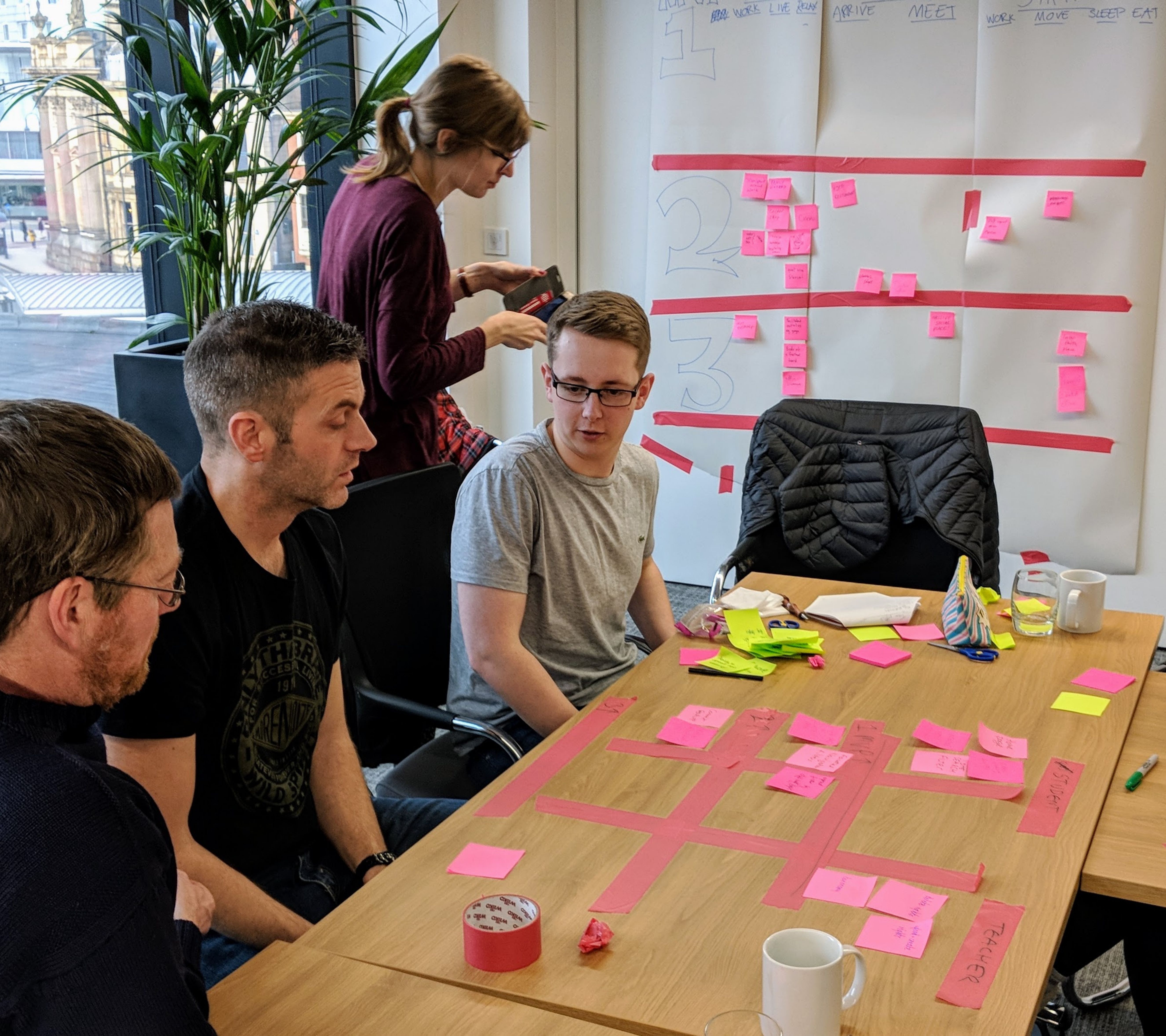
What Should I Do with My Apprentice in Their First Few Weeks?

3 mins read
By Shelley Needham - 26th Mar 2025
Onboarding Your New Apprentice: A Structured Approach for Success
Congratulations on hiring an apprentice! This is an exciting opportunity to nurture new talent and build a stronger, more capable workforce. But now comes the big question - what should your apprentice be doing in their first few weeks?
Many employers wrestle with this challenge. Should they dive straight into work? Focus solely on apprenticeship-related tasks? How can you ensure your new hire feels supported, engaged, and ready to start contributing?
The good news is that apprenticeships are designed as a learning journey. The way you structure those crucial first few weeks will make all the difference in setting your apprentice up for success.
In this post, we'll break down:
- Why apprentices are here to learn (not just do)
- The key steps to get them set up for success
- Meaningful early tasks that build skills
- What to avoid when onboarding an apprentice
By the end, you'll have a roadmap for onboarding that helps your new hire feel valued, motivated, and equipped to thrive in their role.
The First Thing to Know: Apprentices Are Here to Learn
A common misconception is that apprentices should spend all their time working on apprenticeship-related tasks. In reality, they’ll get the most out of the experience by balancing structured learning with real-world work. Think of their first few weeks as the foundation. This is where they:
- Learn about the company, the team, and the way things work.
- Build confidence in their role and responsibilities.
- Start picking up skills that will help them contribute more over time.
If you get this right, they’ll feel supported, engaged, and eager to learn—and that means better results for both them and your business.
First Steps: Getting Them Set Up for Success
1. Welcome and Onboarding
Start with the basics. Get your apprentice set up with the right equipment, show them around, and introduce them to the team. Give them a simple “welcome pack” with key contacts, company info, and FAQs—it helps cut down on first-week confusion.
2. Shadowing and Observing
Instead of throwing them straight into tasks, let them watch and learn first. Have them shadow experienced team members, sit in on meetings, and observe how workflows operate. For instance, if they’re in a tech role, have them sit with developers, testers, or project managers to see how different parts of the business connect.
3. Assigning a Buddy or Mentor
Having a dedicated go-to person makes a world of difference. A buddy or mentor can help them settle in, answer their questions, and offer guidance as they navigate their new role. Choose someone who is approachable, patient, and experienced in the company’s culture.
4. Setting Expectations and Check-ins
Make sure your apprentice knows what’s expected of them—and just as importantly, make sure they know where to turn for support.
- Set up regular check-ins (weekly or bi-weekly) with their manager or mentor.
- Set short-term goals to give them a sense of progress.
- Encourage open communication—let them know it’s okay to ask questions!
5. Connecting with Their Training Provider
If you’re working with The Coders Guild, your apprentice will have an initial coaching session in their first few days. This helps create a personalised learning plan that aligns with your business needs. Here’s how to make the most of it: Sit down with your apprentice after their first training session to discuss what they’ve learned and how it applies to their role.
Early Tasks That Are Actually Useful
Your apprentice might not be fully up to speed yet, but that doesn’t mean they can’t contribute. Here are some meaningful tasks they can start with:
- Shadowing customer support or technical teams to understand common challenges and priorities.
- Helping with documentation or internal guides—a great way to learn while creating useful resources.
- Sitting in on meetings and writing summaries to improve their understanding of the business.
- Assisting with data entry, research, or small projects to gain hands-on experience.
- Learning company tools and software—give them small tasks to practice with before moving on to bigger responsibilities.
💡 Pro Tip: Assign small, structured tasks that give them quick wins—this boosts confidence and helps them feel like part of the team faster.
What NOT to Do
- Don’t overload them with complex tasks too soon. Start small and build up gradually.
- Don’t leave them to “figure things out” alone. They’ll learn faster with guidance and structured support.
- Don’t ignore soft skills. Help them develop communication, teamwork, and confidence—these are just as important as technical skills.
- Don’t treat them like an extra pair of hands. Apprenticeships are about development, not just getting extra work done!
The Bottom Line: A Strong Start Sets Them Up for Success
The first few weeks can make or break an apprentice’s experience. If they feel welcomed, supported, and engaged, they’ll be more motivated to learn and contribute. If they feel lost or overwhelmed, they might struggle to settle in.
By taking a structured, thoughtful approach, you’ll not only help them grow—you’ll also create a stronger, more capable workforce for the future.
Join the Conversation!
How do you onboard your apprentices? Have any great tips or success stories? Share them in the comments!
And if you need expert guidance on structuring a great apprenticeship plan, get in touch with The Coders Guild today. We’re here to help you and your apprentice succeed. 🚀




